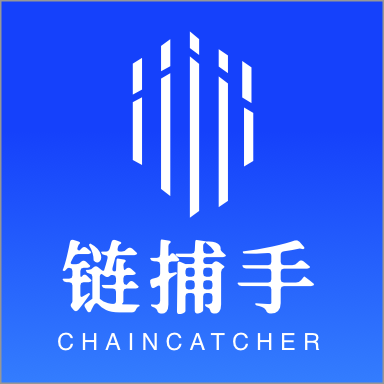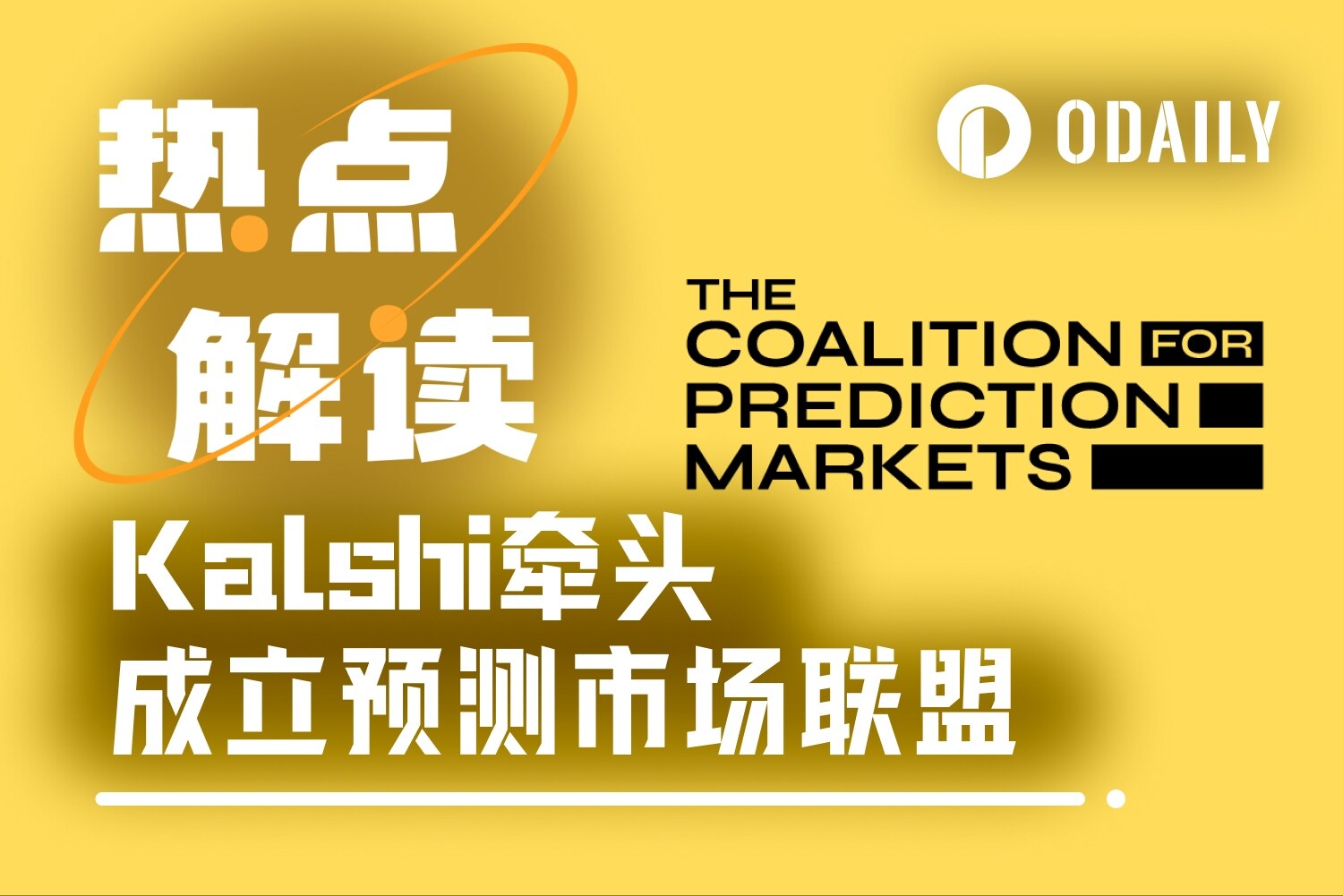Behind the rise of TVL, DeFi veterans are killing the "stand-alone mode"
Original author: Scof, ChainCatcher
Original editor: TB, ChainCatcher
Over the past month, the DeFi field seems to have quietly undergone structural changes. Unlike the previous independent operations, some leading protocols are moving towards "grouping" through cooperation, integration, and even direct interest binding.
In this article, we will start from the three sections of lending and trading integration, stablecoin landscape evolution, and RWA integration, sort out the most representative "group actions" at present, and analyze the logical changes and potential impacts behind them.
Lending + Trading: Binding of Interests between Protocols
The cooperation between DeFi protocols is moving from superficial asset integration to deeper structural integration. The recent linkage between Uniswap and Aave is a representative of this trend.
The core upgrade of Uniswap V4 is not to save gas, but to introduce the Hook mechanism. It allows developers to insert custom logic in key links of the liquidity pool (such as adding or removing liquidity, before and after transaction execution), implement whitelist control, dynamic rates, customized price curves, and even embed game rules. This allows Uniswap to evolve from a trading protocol to a more open liquidity infrastructure.
Based on this, Aave plans to support Uniswap V4's LP Token as collateral for lending, and return part of the interest on the loaned stablecoin GHO to Uniswap DAO. The two have formed a substantial bond in terms of assets, functions, and returns. This cooperation improves the efficiency of LP's use of funds and provides a more realistic template for the complementary relationship between protocols.
Judging from market data, this "grouping effect" is sending positive signals. Since May, Aave's TVL has risen from $19.708 billion to $23.347 billion, an increase of more than 18%. Uniswap's TVL also increased by about 11% during the same period, from $4.178 billion to $4.65 billion. It may not be a coincidence that both are strengthening at the same time.
Stablecoins: A new stage of differentiation and specialization
The competition in the stablecoin market is no longer limited to “who is more centralized” or “who has higher returns.” More protocols are pushing stablecoin products toward professional use and structural stratification.
Take Ethena as an example. Currently, the most active stablecoin in its ecosystem is USDe, which is deeply integrated with Aave and supports a maximum loan-to-value ratio (LTV) of 90%. However, since May, the TVL of USDe has dropped from $5.725 billion to $4.993 billion, a drop of nearly 13%. Behind this, Ethena is launching another more conservative new product, USDtb.
USDe supply changes, source: https://app.ethena.fi
USDtb is a non-yielding but fully collateralized stablecoin, with assets consisting of BlackRock's tokenized money market fund (BUIDL) and USDC. The current on-chain supply exceeds $1.44 billion, and the collateralization rate remains at 99.4%. Unlike the strategic hedging of USDe, USDtb is more like an "on-chain dollar", providing institutions with a reliable, non-volatile stable anchor. Especially when negative funding rates appear in the market, Ethena can transfer USDe's hedging funds to USDtb to stabilize the entire asset pool structure.
USDtb supply, source: Dune
Another variable in the stablecoin landscape is USDT₀. This full-chain stablecoin launched by Tether and LayerZero is circulated based on the OFT protocol. It has now expanded to multiple chains such as Arbitrum, Unichain, and Hyperliquid. Its TVL also increased from US$1.042 billion to US$1.171 billion in May. In contrast, its goal is not financial innovation, but to open up multi-chain liquidity and become a stable "fuel" in DeFi.
The competition in stablecoins is no longer a one-dimensional efficiency war, but has evolved into a structured and scenario-based product system. Products such as GHO, USDe, USDtb, and USDT₀ occupy positions in the fields of lending, hedging, security, cross-chain, and payment, respectively, reflecting that the stablecoin ecosystem is undergoing a reshuffle of "functional specialization" and "clarification of application scenarios."
RWA: On-chain integration of real-world assets
RWA, once regarded as a "traditional financial appendage", is now becoming a strategic entry point for DeFi giants. In the past few months, multiple protocols and organizations have formed a clear trend of grouping around tokenized U.S. Treasury bonds and have begun to deploy them on the chain.
The most representative case is Arbitrum DAO. On May 8, the community passed a proposal to allocate 35 million ARB to three RWA issuance platforms: Franklin Templeton ($BENJI), Spiko ($USTBL), and WisdomTree. These three companies are heavyweight players in traditional finance and asset management, and the assets they provide are all tokenized U.S. Treasury bonds. The funds are allocated through STEP (Stable Treasury Endowment Program), with the goal of establishing a stable and interest-bearing treasury asset pool on the chain. According to official data, the first phase of the program has generated more than $650,000 in revenue.
Aave's RWA platform Horizon takes the route of "use scenario first". The main assets launched on Horizon are tokenized money market funds (MMFs), which institutions can use as collateral to lend GHO or USDC. This means that RWA is no longer just an investment target, but is actually integrated into the core functions of the DeFi protocol, becoming a tradable and loanable financial component.
Whether it is a DAO, a lending platform, or an infrastructure provider, RWA is now seen as a key path to achieving real returns on the chain, connecting with traditional finance, and enhancing user confidence.
DeFi is not about banding together for warmth, but about evolving together
On the surface, this round of DeFi protocols’ cooperation seems like a collaboration under “track anxiety”, but from the actual structure, it is more like a systematic integration and reconstruction.
These changes are not simply functional expansions, but upgrades in the way protocols collaborate with each other. It indicates that the next stage of DeFi will move from isolated single-point tools to a financial network system that is nested and bound to each other.
For ordinary investors, the focus may not be on who has a higher TVL, but on which portfolio structures are more stable, more efficient, and more able to survive volatility cycles. Grouping does not mean price increases, but it may be the foundation for the next round of growth.



